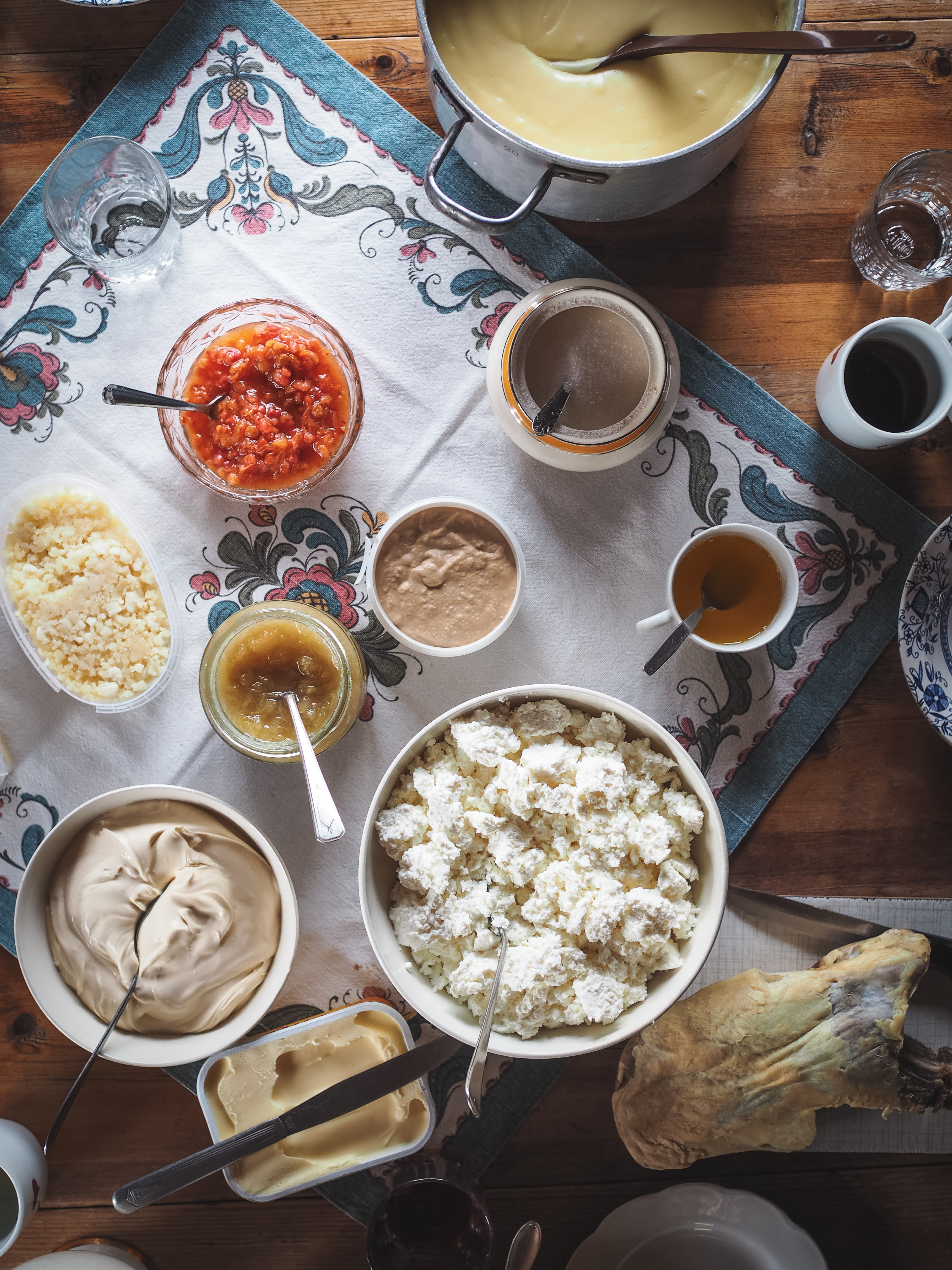
The Norwegian cuisine is varied and reflective of the landscape that shapes it. The ingredients are bountiful. The taste profiles are vast. In a country with an incredible amount of produce and livestock (such as mushrooms, wild meats, fresh fish, wild berries and herbs), it’s easy to see why so many people want to eat like a Norwegian.
Here, I’ve compiled a guide of Norwegian foods to look out for that give a good representation of the tastes of Norway, but by no means is an exhaustive list. When looking for Norwegian foods to try, I also recommend trying the dishes that are particular to the area you’ll be. Dishes can vary from region to region (take lefse, for example) and it’s always a good idea to search out the local specialty.
25 Foods To Look For In Norway
1.Bacalao – While this dish of dried and salted cod stew might not look or sound Norwegian, it has in every way become a part of the cuisine. Drying cod has been a tradition for centuries in Norway, but in the 1600s Norwegians began borrowing from other countries and started salting the cod before laying it on the rocks to dry. This was an extremely important export, especially for the city of Kristiansund, which sent ships of klippfisk (dried and salted cod) to Spain. This relationship resulted in the Spanish introducing the dish of bacalao to Norway.
2. Bær – If you are in Norway during berry season, you are in for a real treat. Norway is known for having some of the best tasting strawberries “jordbær” due to the colder climate that allows the berries to mature for a longer period of time. You can also gather wild blueberries “blåbær” during the late summer and, if you are really lucky, cloudberries “multebær”. Do keep a lookout for cloudberry jams and multekrem, cloudberries mixed with whipped cream.
3. Brunost – One of Norway’s most famous and beloved cheeses. It’s made by cooking down whey until it caramelizes. Typically, it is divided into those made of cow’s milk (fløtemysost) and those made with the addition of goat’s milk or only with goat’s milk (ekte geitost). Brunost goes great on top of waffles, bread, and svele (Norwegian griddle cakes). It’s also added to some stews for additional flavor.
4. Fårikål – Norway’s national dish of lamb, cabbage and black peppercorns. This simple dish is layered and then slow cooked until all the flavors have blended together. The last Thursday in September is known as Fårikålens dag (Fårikål’s day) and everyone is invited to partake in this dish. Get the recipe here.
5. Fenalår – There’s nothing quite like a slice of this salted, dried and cured leg of lamb. It pairs well with other traditional dishes, like rømmegrøt (sour cream porridge) and you’ll often find it served in thin slices at cold buffets.
6. Fiskekaker – Fish cakes are extremely popular in Norway, and for good reason. They make a wonderful meal with boiled potatoes and gravy or as a snack sandwiched between a crusty roll. You can find these in grocery stores and in fish markets. The recipe for fish cakes is also used to make fiskeboller (fish balls boiled in stock) and fiskepudding (fish pudding baked in a water bath) – three dishes with one recipe!
7. Flatbrød –These hard and unleavened breads are very traditional. They originated in the 1300s out of necessary when mills began being built around local streams resulting in large quantities of flour being produced at a time. To preserve the flour before it spoiled, women began baking hard flatbreads, which could be stored for longer periods of time and stacked on top of one another. You’ll find numerous types around the country, with various grains and thickness. They are delicious with soups and stews or topped with cured meats and butter or sour cream. Try this version topped with pinnekjøtt.
8. Fiskesuppe – Fish soup is dreamy on any day, but particularly when you are sitting on the docks next to the waters with the seagulls singing in the distance. Bergen is famous for its thick and creamy soup while other places may serve it with a velvety broth. Whatever your liking, you’ll find it teeming with delights from the sea.
9. Kjøttkaker – Meatballs are one of the most well-known Nordish dishes, though variations are found globably. Within the Nordic regions, the recipes are similar, but can be made with different meats and spices. Norwegian meatballs are traditionaly served wit brown gravy, boiled potatoes, lingonberry jam, and either a pea stew or creamed cabbage.
10. Laks – Norwegian salmon “laks” is world-renowned, so it should be on the top of anyone’s list to try, especially smoked salmon “røkelaks” or cured salmon “gravlaks“. In our family, we like to serve gravlaks with stewed potatoes and a delightful mustard sauce.
11. Lapskaus – It wouldn’t be right to not mention this classic stew of meat and potatoes, served either in a brown (brun) gravy or a light (lys) gravy. It’s pure comfort food and perfect for those colder seasons.
12. Lefse– One of the most internationally recognized breads of Norway with a vast amount of variation depending upon which part of Norway you are in. These large, soft flatbreads are made with either a flour base or a potato and flour base and combined with other ingredients dependent upon the recipe. They can be thick or thin, smeared with some combination of butter, sugar, and cinnamon or left plain. They are often served as cakes alongside coffee or used as a wrap for savory ingredients. Here’s a recipe for a local variation in Uvdal called kling.
13. Lutefisk – Tørrfisk (stock fish) is softened by soaking it in water and lye before being baked in the oven. Lutefisk is traditionally served at Christmas with boiled potatoes, pea stew, melted butter, mustard, and small pieces of fried bacon.
14. Pinnekjøtt (cured lamb ribs)– This is a traditional Christmas Eve meal that emerged from the need to preserve meat. It’s made by taking lamb or sheep ribs, curing them and then hanging them to dry for several weeks, before being cooked. They are usually served with boiled potatoes and mashed rutabaga.
15. Pølser i lompe – Pølser means sausage (in this case, a hot dog/frankfurter) and lompe is a soft, potato flatbread. Put them together and you have one of Norway’s most beloved “fast” foods. Traditional toppings include ketchup, mustard and fried onions.
16. Rakfisk – This is a true Norwegian delicacy of fermented fish, usually made with trout that is left to ferment for about 12 weeks. You can learn more about the process here. November is known throughout Norway as the month for rakfisk with festivals being held every weekend which celebrate and award local and commercial producers’ products. Rakfisk is often served with flatbread, butter, lefser, lomper, small boiled potatoes, slices of onion, red beets, sour cream and even a little sugar on top. Beer and aquavit always make their way to the table and you can be assured that every rakfisk meal is one full of merriment.
17. Raspeballer – These potato dumplings, which go by many names (klubb, komle, kompe, potetball, etc.), are classic comfort food. There are many variations served across the country. Some come with sausage and boiled meats, while other have meat stuffed inside. Some are topped with butter or fried bacon; others are served with a sauce made of brown cheese. There are also sweeter versions drizzled with syrup or topped with lingonberries and sugar. Here’s a vegetarian version.
18. Reinsdyr – Norway is home to both wild and domesticated reindeer. The indigenous Sami people are especially known for herding reindeer. If you travel to Finnmark, you simply must taste reindeer meat prepared in various forms. Some of the most popular dishes featuring reindeer are the Sami national dish of bidos (a hearty reindeer stew) and finnbiff (shaved reindeer cooked in a creamy gravy with brown cheese).
19. Ribbe – Another holiday specialty is roasted pork belly. More Norwegians indulge in this modern Christmas dish than any other. It is typically served with sauerkraut, boiled cabbages, meatballs, sausages and gravy.
20. Rømmegrøt – A bowl of sour cream porridge is a true seter (summer mountain farm) dish. It’s made with sour cream that is cooked down to a thick, creamy porridge and then topped with butter, cinnamona, sugar and can be served with cured meats.
21. Sild – Herring: the silver of the sea. Incredibly healthy and nutritious, this fish has been vital to the coast of Norway and is now making a major comeback in the cuisine of today. You’ll often find it pickled, as herring is particularly suited to preservation. It’s also delightful grilled or smoked.
22. Smalahove – A traditional dish of western Norway, particularly in Voss, that features a sheep’s head that has been salted, sometimes smoked, and dried. The fat around the ears, the eyes, the tongue are regarded as the best meat. It is served with boiled potatoes and mashed rutabaga.
23. Svele – Svele (or lapper) is a traditional flat cake similar to an American pancake, but by no means the same. These cakes have a long tradition in Norway -particularly in western Norway – that stretches back to the 1300s when the daily lives of most Norwegian were marked by poverty. Every ingredient was used to its fullest, so sour milk was often mixed with dry goods for baking. Around the 1970s, svele became closely associated with ferry travel as a treat to have alongside a cup of coffee. Today, it remains customary to eat one on board as you cross the waters on your journey. Here’s a recipe made with beer.
24. Tørrfisk – Stockfish is unsalted, dried cod that is an important part of Norway’s cultural heritage. The climate in Northern Norway is ideal for drying it in the open-air between February and May. After air-drying for three months, the fish are brought inside to mature for about twelve months. Small slices of stockfish are eaten as snacks and it is rehydrated to create a myriad of dishes.
25. Vafler – Norwegian waffles are an integral part of the culture and a beloved part of the cuisine to be enjoyed any time of the day. They come in the shape of hearts and are quite soft and thin compared to other waffle versions you might find in the world. The traditional toppings are typically jam, brunost (brown cheese), and sour cream. There’s always an occasion to serve waffles.
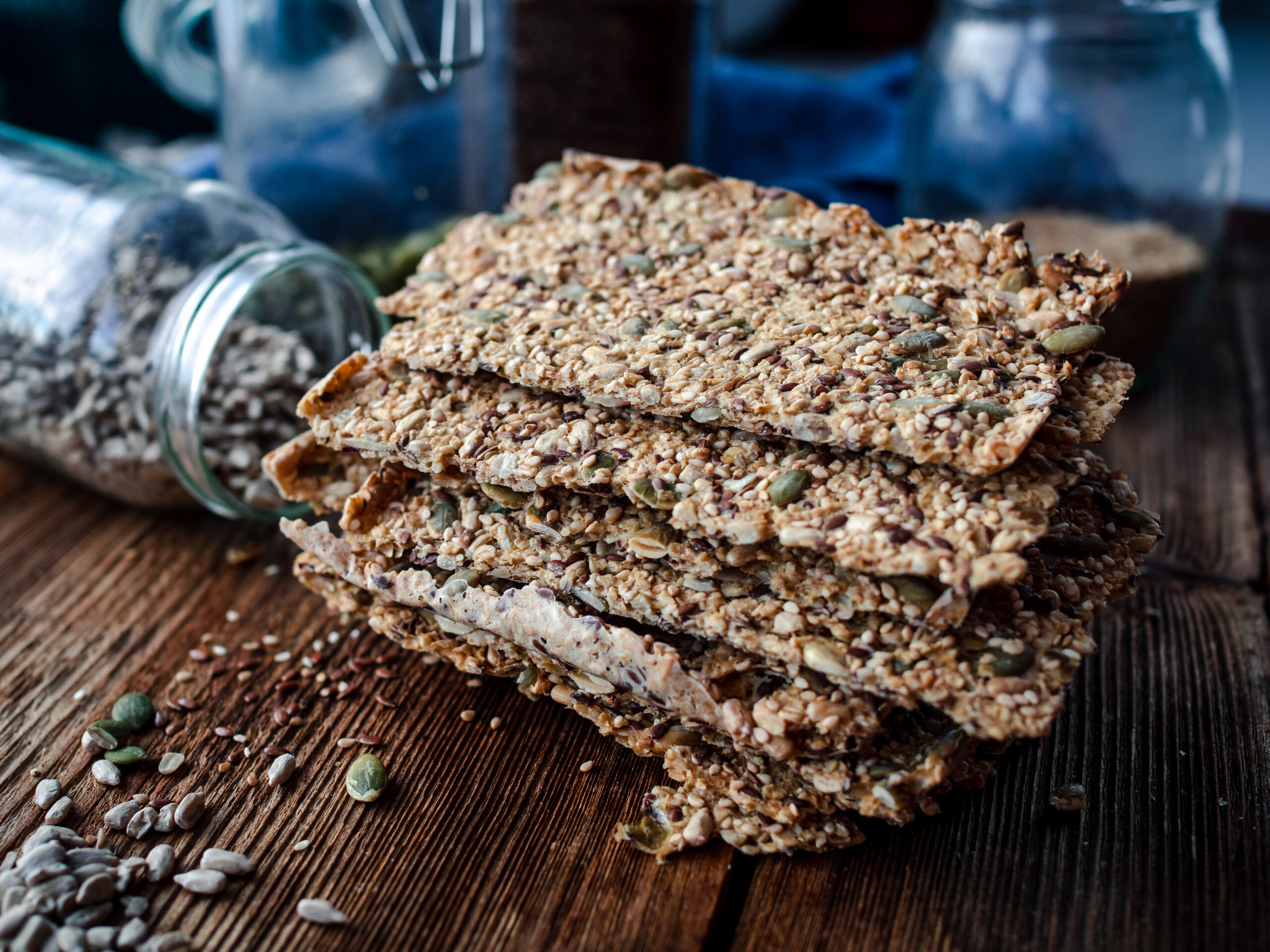
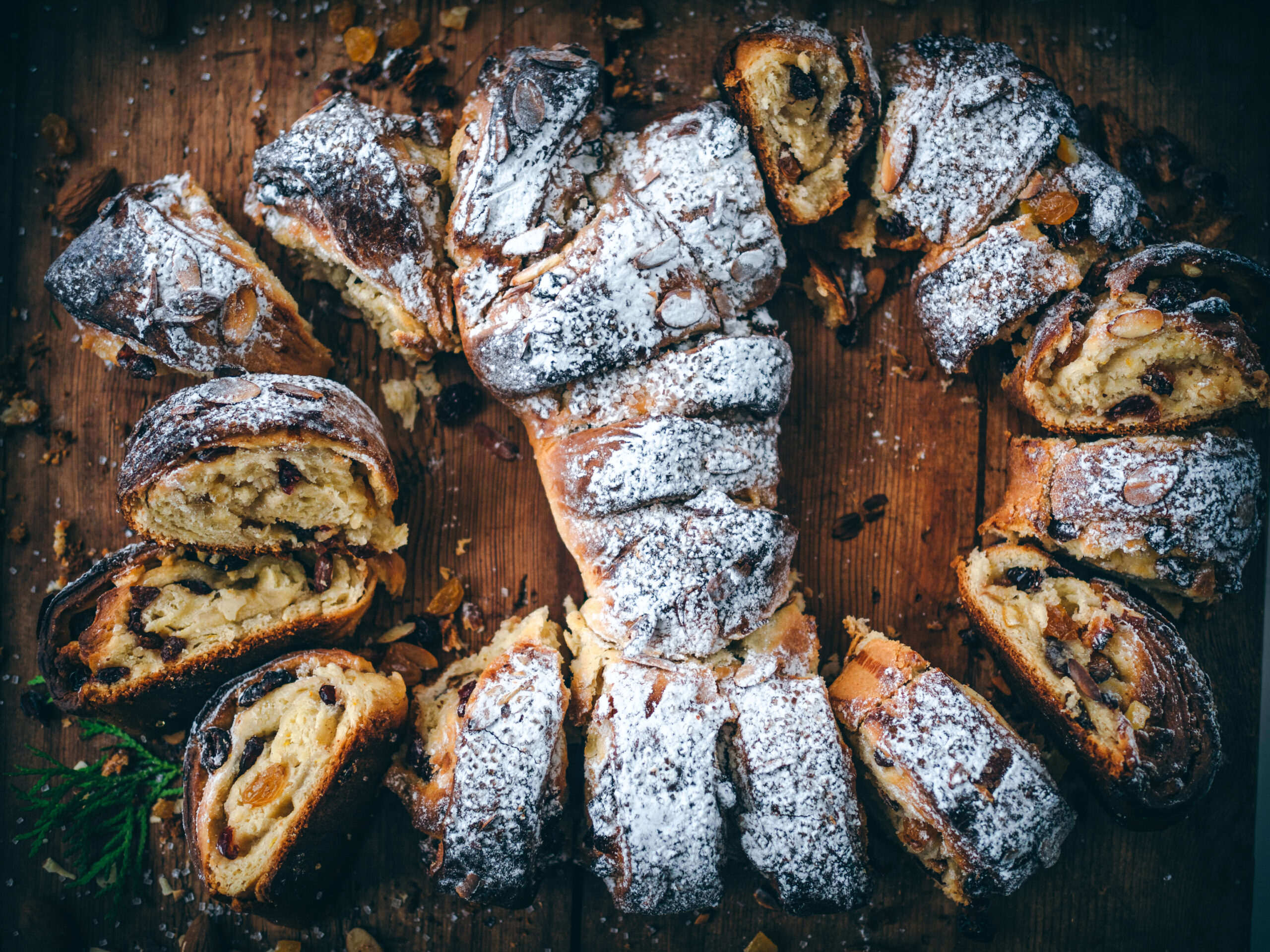
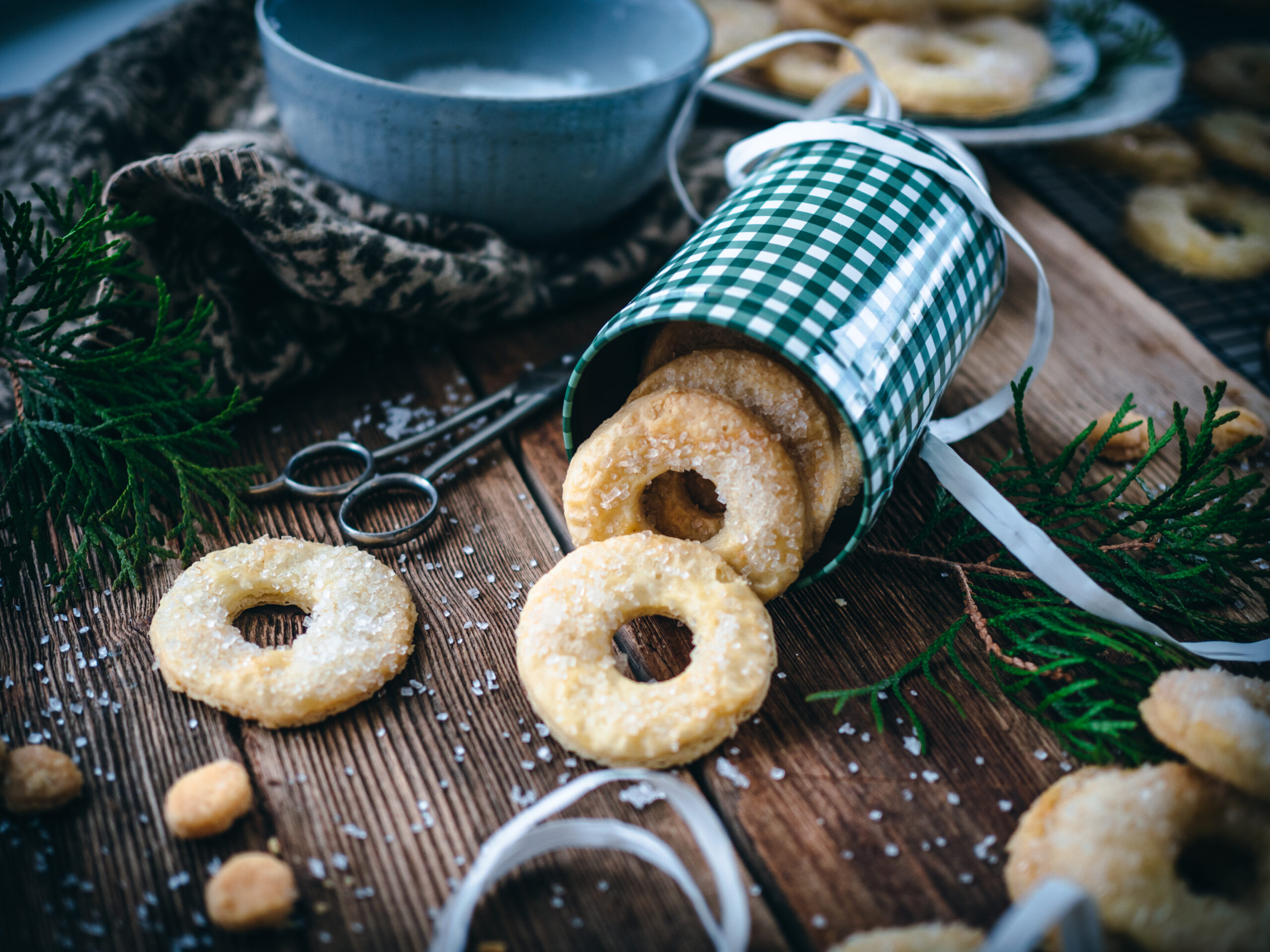
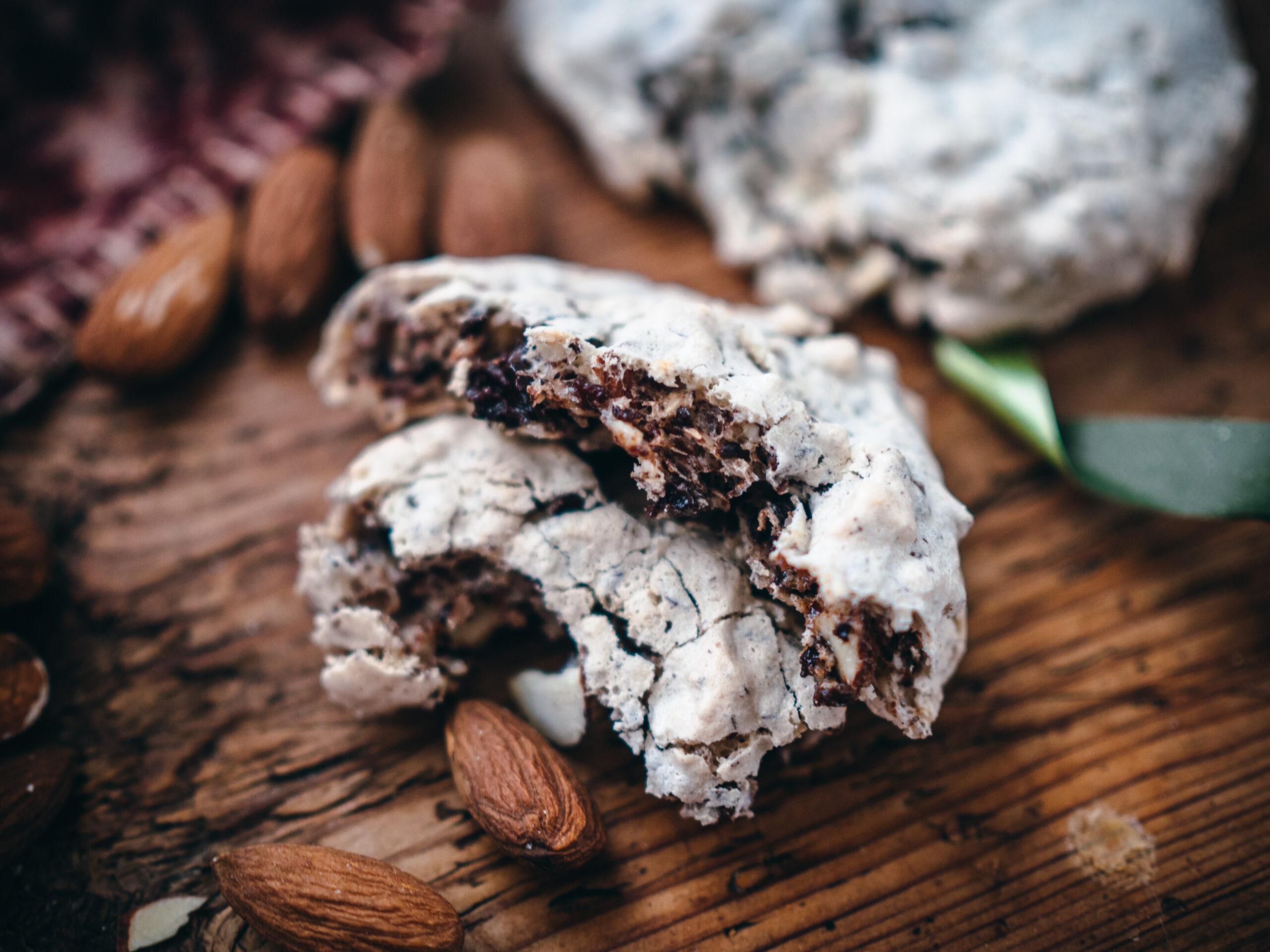
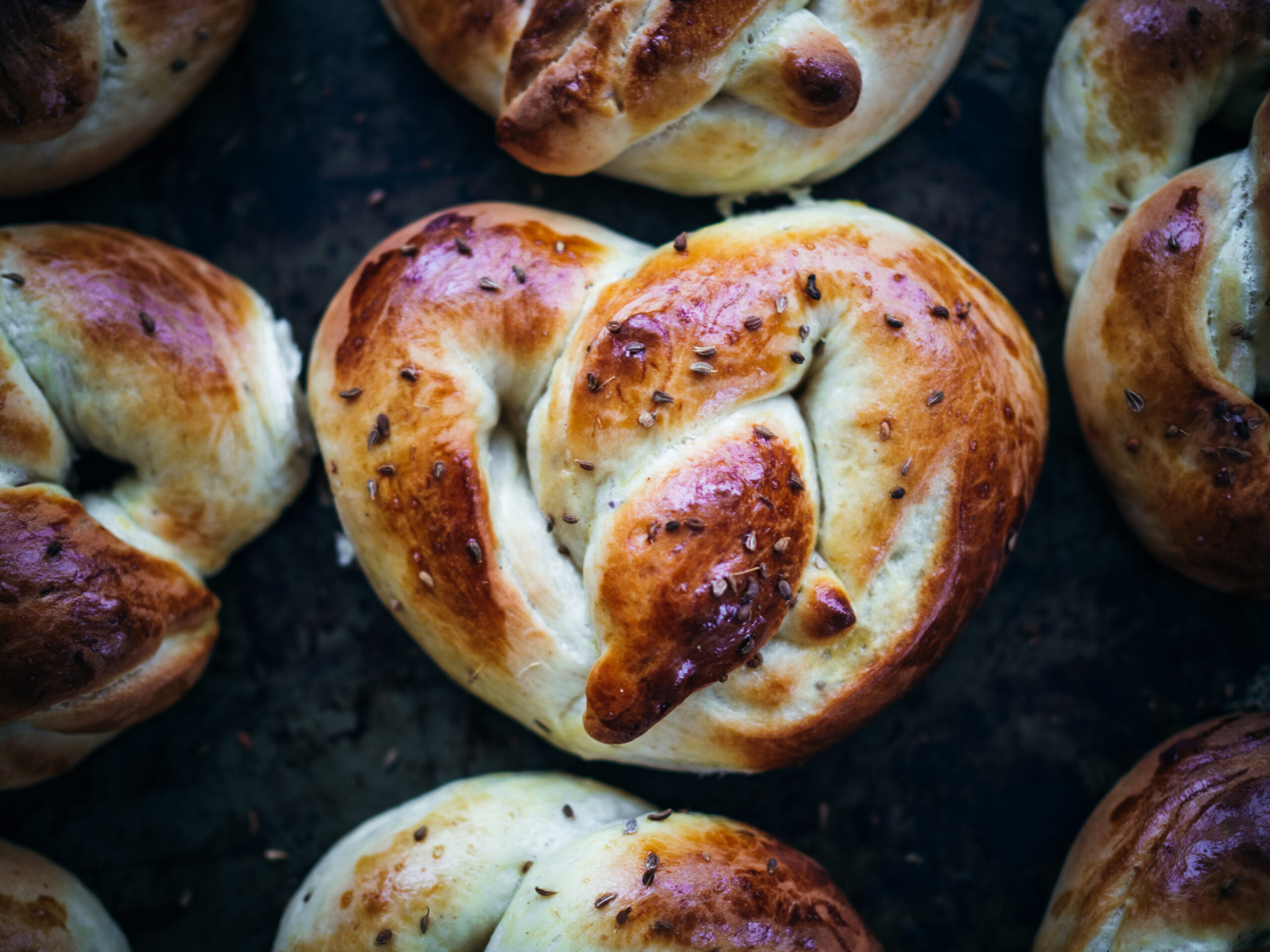
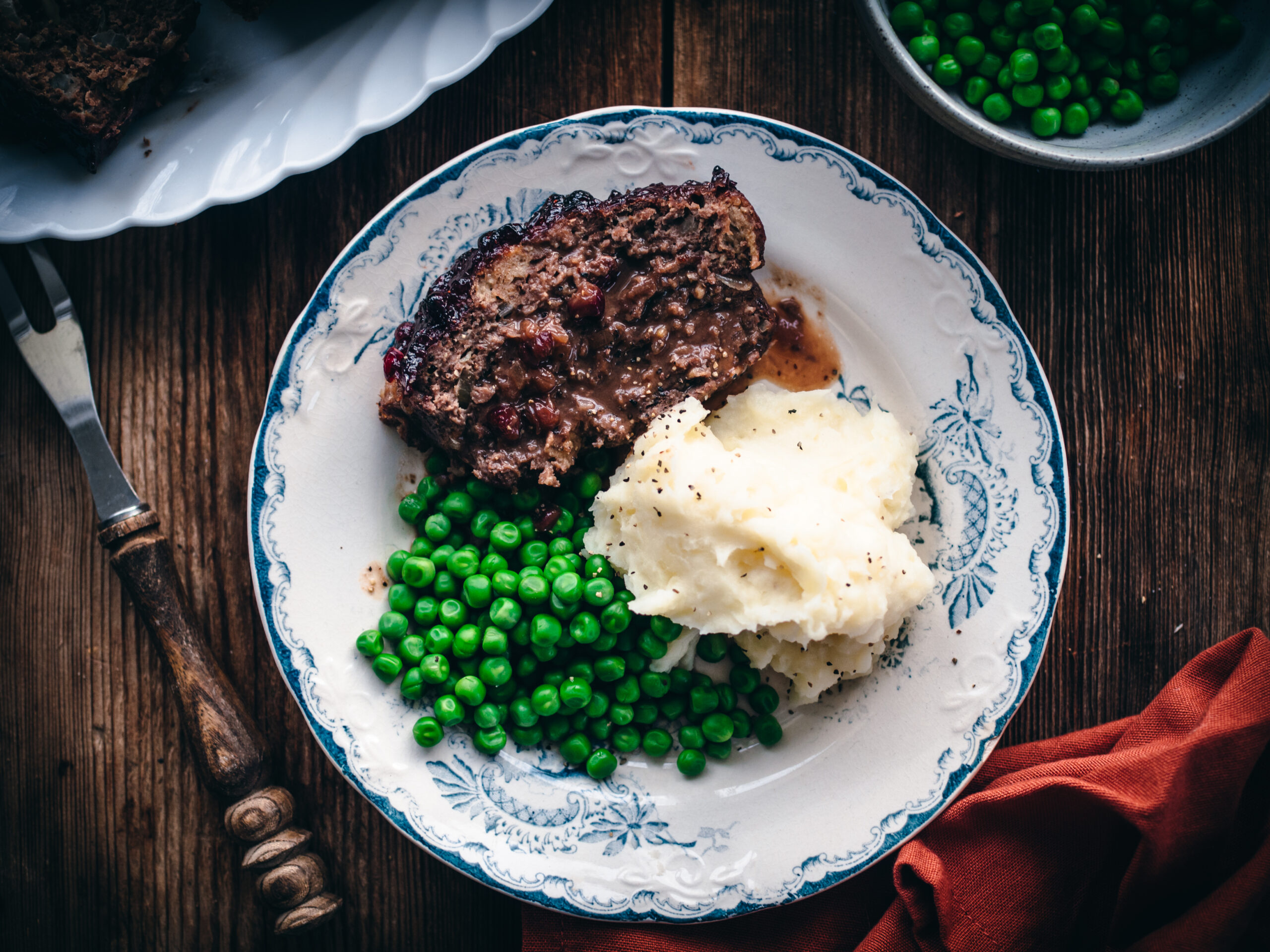
Add a comment